- About us
- Support the Gallery
- Venue hire
- Publications
- Research library
- Organisation chart
- Employment
- Contact us
- Make a booking
- Onsite programs
- Online programs
- School visit information
- Learning resources
- Little Darlings
- Professional learning
Sir William Charles Windeyer (1834–1897) effected significant social reforms in New South Wales during his forty-year career as a lawyer, politician and Supreme Court judge. The only child of barrister and Hunter Valley settler, Richard Windeyer, and his wife, Maria, Windeyer was one of the first students to graduate from the University of Sydney. He was admitted to the Bar in 1857 and later the same year married Mary Bolton (1837–1912) who, after raising their nine children, established her own profile as a philanthropist and women’s rights campaigner. Influenced in part by the experiences of his mother, who as a widow had retained and managed the family estate, Windeyer too developed a particular interest in women’s rights. This interest was expressed in his (sometimes controversial) judicial compassion for female victims of male violence; in his support for matters such as divorce law reform; and in his introduction of the Married Women’s Property Act (1879), which enabled women to retain control of assets they brought to or earned within a marriage. Windeyer first entered Parliament in June 1859, serving in the Legislative Assembly as the member for Lower Hunter until 1860 and then representing West Sydney and the University of Sydney at different periods until 1879. Retiring from politics after two and a half years as attorney- general, Windeyer was appointed to the bench of the Supreme Court. Windeyer was also a strong supporter of education and throughout his career maintained an association with Sydney University: he was vice- chancellor between 1883 and 1886, chancellor in 1895-96 and a founding chairman of the Women’s College, established in 1891. Windeyer received an honorary doctorate from the University of Cambridge in 1887 and a knighthood in 1891. He retired from the New South Wales Supreme Court in ill health in 1896 and died suddenly the following year, his obituary noting the ‘true heart [that] beat under his rough exterior’ and his genuine concern for those in distress.
Gift of the Windeyer family 2009
Sir William Windeyer (age 23 in 1857)
Jim Windeyer (16 portraits)



On one level The Companion talks about the most famous and frontline Australians, but on another it tells us about ourselves.
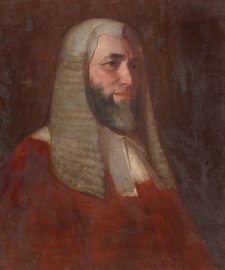
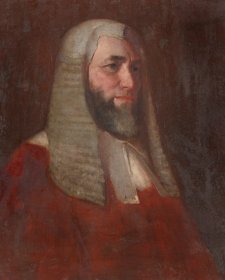
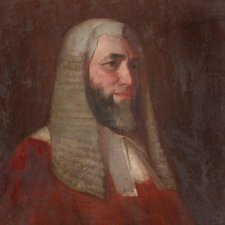
Family affections are preserved in a fine selection of intimate portraits.
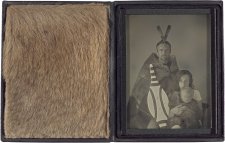
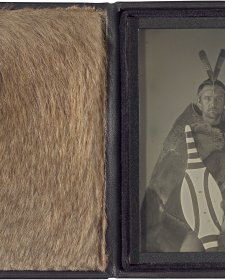
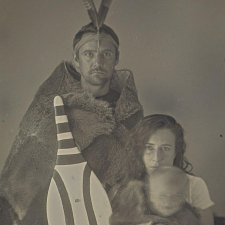
This sample of 56 photographs takes in some of the smallest photographs we own and some of the largest, some of the earliest and some of the most recent, as well as multiple photographic processes from daguerreotypes to digital media.